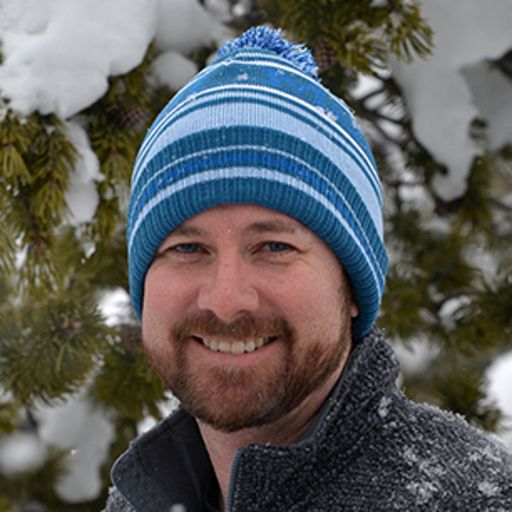Steamboat Weather Summit 2014

Last week I had the opportunity to attend the 25th Annual Steamboat Weather Summit in Steamboat, Colorado. The Steamboat Weather Summit is a hands-on interactive weather conference for meteorologists from the top television markets across the country.
Conferences typically come with that predictable reaction from the boss, "Oh, conference. . . riiiiigggghhhhtttt." Managers know all too well that most conferences are festive celebrations on the corporate dime -- spending time with colleagues and friends at an interesting seasonal destination, a family-less vacation in essence.
Although it's true that most attendees treat it as a getaway, my colleague Lisa Hidalgo made an interesting point during the summit in Steamboat. Lisa said, "This motivates me!"
Those are the three most impactful words I heard the entire week. A junket, conference, summit, whatever you decide to call it, does motivate you. It motivates you to learn more, to become better, to engage with those new people you built connections with, and in the end you come away with a better knowledge of your craft.
The extraordinary event staff manage to attract members of the weather media public and then build lifelong relationships with them. In my opinion, the Annual Steamboat Weather Summit is one of the better conferences a weather anchor could attend, and no, I'm not 'Makens-That-Up'. This conference was chalked full of interesting topics, from integrated weather-climate and hydrology models for forecasting, to social media and forecasting, to the mission meteorologist for the Red Bull Stratos Space Jump. Let's take a look at four of the top sessions from this year's conference.
Session 1: David Gochis - UCAR Hydrometeorologist: Integrated Weather-Climate and Hydrology Models for Forecasting

David is an engaged and highly-intelligent (fitting, he is a fellow KU graduate!) research scientist with UCAR/NCAR in Boulder, Colorado. His work has been extensive in flood prediction and he shed some light on his modeling work as it applied to the recent Colorado flooding.
The historic flooding of 2013 is the ideal case study for the need for improved flood modeling. David mentioned change of land use, burn scars, bark beetle kill areas, and terrain will all affect flood waters; of course they do. Those factors remain a challenge for models to account for, but improvements in computer power and modeling will help increase accuracy going forward.
David's work has focused on 11 mountain watersheds in Colorado. His focus has improved lead time of forecasts for runoff and flooding during convective complexes -- thunderstorm events, just like those that caused the recent Colorado flooding.
The animation below shows streamflows that were 'hindcast' (i.e. run in a forecast mode but after the event) from our coupled atmospheric-hydrologic modeling system. The system is called 'WRF-Hydro' and information on it can be found at http://www.ral.ucar.edu/projects/wrf_hydro/.
What is shown is instantaneous streamflow values (units of cubic METERS per second) every 15 minutes from 9/12 7am to 1230pm. The colors highlight the movement of the high flow values (floodwaves) moving down the stream systems across the Front Range. Of course there was much more rain to come and this was part of the first wave of activity but it is illustrative nevertheless.

Here's to continued success for David, and in time we will be vastly more accurate than our current and traditional methods. A few factors that contributed to the 2013 flooding will improve forecasts thanks to researchers like David.
- Being able to better account for burn scars, recent and old.
- Being able to account for ecological changes, ie land management and beetle kill areas
- Being able to account for land changes, i.e. transportation projects that change natural/existing streamflows.
You get my point. With high resolution modeling, you can encompass all of those geologic and ecologic factors into the model. Run that model prior to, during, and after a rainfall event and you can more accurately project the degree of flooding, and where.
Imagine the benefit to Emergency Managers in Boulder, Weld, or Larimer Counties could they have had access to this type of modeling in 2013.
You can access David's work here: https://staff.ucar.edu/users/gochis
Tomorrow we'll take a look at David Green's lecture on social media, collaborative forecasting, and Weather Ready Nation.
